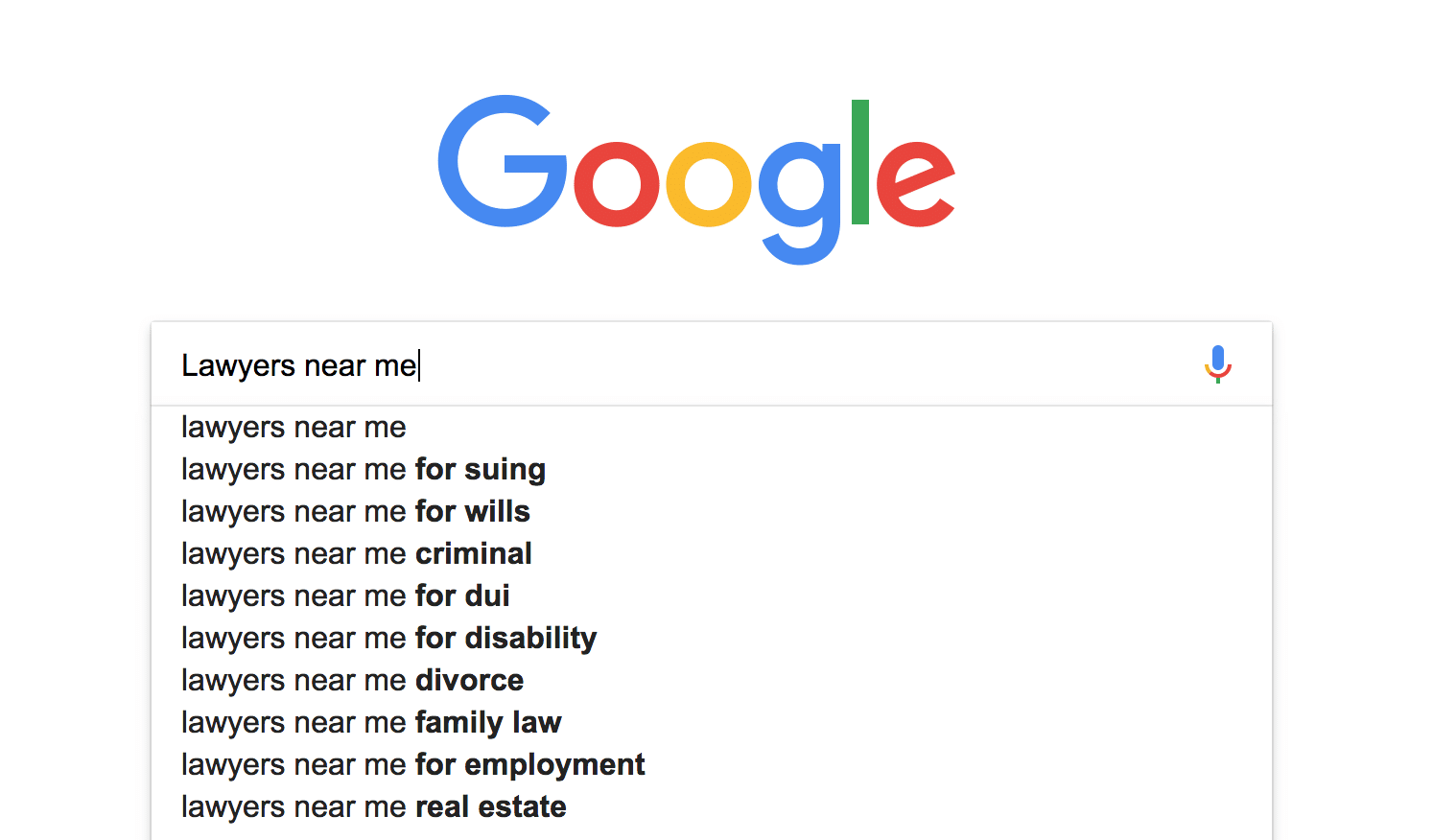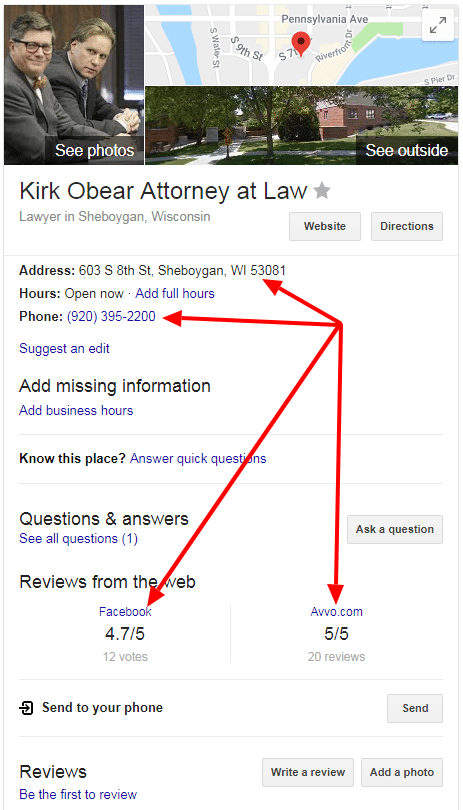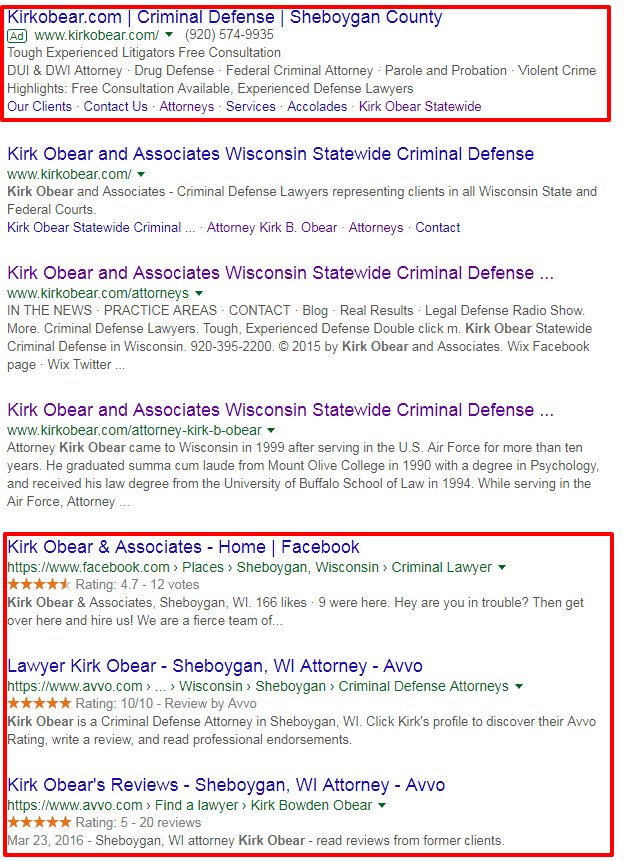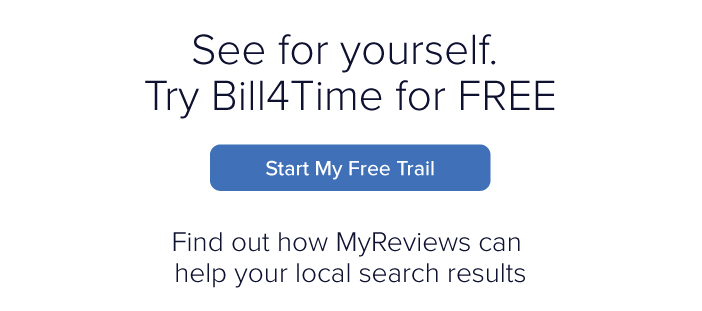Your law firm could increase revenue by 53 percent or more by selling both products and services to clients—attorneys billing hours by the day, selling legal products by night.
According to Mark Cohen, speaker on law firm innovation at LegalMosaic, “The traditional law firm economic model is predicated on high-intensity, high-priced labor as opposed to products, but nonetheless, this is something clients are increasingly demanding.”
Most firms haven’t embraced this model, but it’s a revenue model law firms can use to attract, earn, and win more high-quality clients consistently. Today I’m going to show you how this model can provide you with free advertising.
Using products to attract more clients
The business model is simple, and it doesn’t require a whole lot of babysitting. It needs some upfront work to set things up, and a willingness to maintain the revenue model, so it continues to perform well for you.
Here’s how this model works:
- You advertise on a specific platform. I’m recommending pay per click advertising (e.g., Google ads or Bing ads) to start.
- You send customers to a specific landing page with an irresistible quid pro quo offer (i.e., trading education for an email address).
- You offer the subscribers an irresistible, low-cost product to gauge interest levels and segment prospective clients.
- Clients subsidize your advertising; they pay you to promote your law firm.
Here the ingredients you’ll need.
- An irresistible offer
- A strong value proposition
- Money to advertise ($300 per mo. minimum)
- An email service provider
- A website or landing page (and all that comes with it)
- Strong educational content
- Social proof, credibility, and authority markers
- Product risk-reversals (you’ll need to verify the legalities)
You must invest the time needed to get these details right. Shoddy website design, an unreliable email service provider, or weak educational content, will sabotage the results you receive. As the saying goes, garbage in, garbage out.
The product you offer depends on your goals
Lead generation for attorneys involves planning and you’ll need to determine what your goals and objectives will be ahead of time. Are you merely looking for a way to generate more leads? Would you prefer to transition fully to products? Maybe you’re interested in creating a hybrid firm — 70 percent of the revenue comes from billables, 30 percent from products.
It’s entirely up to you. You must identify these goals ahead of time, so you aren’t distracted by offers that take you away from your goals and objectives. Which products should you sell? You can sell:
- Books
- Courses
- Workshops
- Seminars
- Events
- Initial consultations
- Productized services
- Tools
- Apps
- Connections
- Access
There’s more ways to increase revenue without sacrificing billable hours, but I think you get the point. Using these resources, you can generate a significant amount of revenue for your law firm and attract new clients simultaneously.
Let’s take a look at our fictitious firm, Goldsmith, Price & Cooper, who wants to expand lead generation for attorneys and test this model. Goldsmith, Price & Cooper specializes in business law. They’re particularly interested in startups and small businesses. They’ve noticed that prospective clients have some common misconceptions about incorporating in Nevada.
Their clients are worried about asset protection. They want to provide their clients with the help and support they need, but they also want to make sure their firm is profitable. They gather their ingredients together.
- Two irresistible offers: (1.) An asset protection toolkit and (2.) They write a book on asset protection
- A strong value proposition: Their firm offers battle-tested asset protection
- Money to advertise: $2,500
- An email service provider: Mailchimp
- A website or landing page: (a.) A landing page for their asset protection toolkit and (b.) A sales page (with checkout via easy-to-use tools like Gumroad) to sell their book
- Strong educational content: Thorough, informative content that exposes their need for help.
- Social proof, credibility, and authority markers: “As seen on” badges that highlight your firm’s expertise and recognition in the marketplace
- Product risk-reversals: A 30 day, no questions asked refund policy for the book
Next, Goldsmith, Price & Cooper arranges these ingredients in the right order. They set things up so prospective clients:
- See their ad on Google or Bing
- Click on their ads
- Arrive on their landing page
- Enter their email address to receive the asset protection toolkit
- Views their irresistible offer and decides to purchase their asset protection book
- Are invited to set up an initial consultation with a partner (not an associate) at their firm
Using this structure, you can produce a consistent stream of high-quality clients who are eager and willing to invest the amount needed to receive your expertise. You create products that deliver a substantial amount of revenue for your firm, subsidizes your advertising (so it’s free), and generates leads — all at the same time.
Selling legal products boosts law firm profitability
Your law firm can increase revenue by 53 percent or more by selling both products and services to clients. As we’ve seen, the issue with lead generation for attorneys isn’t whether this strategy is viable; it’s about structure.
Most firms haven’t embraced this model but it’s a revenue model law firms can use to outperform their traditional-minded competitors. Using the structure I’ve presented, your firm can generate a significant amount of revenue for your law firm and attract new clients simultaneously.
But it all depends on structure. Solve your prospective client’s problems, and you’ll find they’re eager to invest in the products and services they need to protect their interests.








